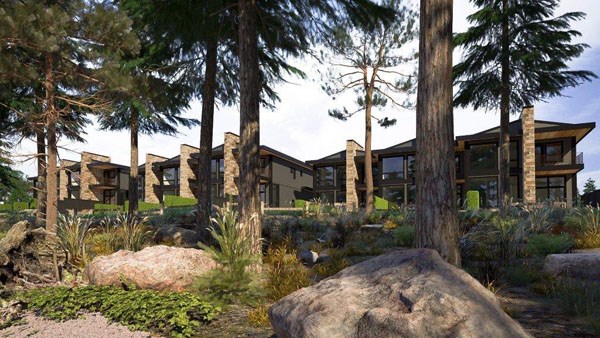Sechelt council has passed the zoning amendments for the RTC Properties Ltd. project known as The Strand on the waterfront near Shorncliffe Avenue and Teredo Street, but not without some shadows of the earlier debate.
After objections from some neighbours and lengthy debate at council, the scope of the project, which first came forward in 2016, was revised three times from 48 units to 31 and ultimately to 20.
The reduction took the possibility of negotiating some amenities for “density bonusing” off the table, including about $400,000 for the affordable housing reserve.
But a report from the planning department presented at the July 18 council meeting said, “Staff have been in discussion with the applicant about still securing the dedication of the waterfront area for use as an extension of Snickett Park. The applicant has agreed to provide this dedication, but without any improvements to this park.” The dedication will be secured through a development agreement with the district.
Coun. Noel Muller said he would have preferred to see the agreement before voting on adoption. “I had assumed we’d have some sort of concrete plan around that in advancement,” he said.
Until the agreement is finalized, there will be a “no build” covenant on that part of the property.
Both Coun. Doug Wright, who voted against the rezoning at earlier readings saying council was “playing planner” instead of going through the proper process, and Coun. Darnelda Siegers, who had argued in favour of the 31-unit proposal, voted against adopting the rezoning.
Siegers asked for her vote to be recorded to indicate she was “not in favour of the way it went.”
Responding to a question from the public on how the final proposal was “in any way good for a sustainable, long-term, future in Sechelt,” Mayor Bruce Milne said, “Council felt it was, in fact, what the community wanted for long-term sustainable growth and that the community and impacted neighbours thought that was the best development going forward. It fits in exactly with what the Official Community Plan calls for.”



